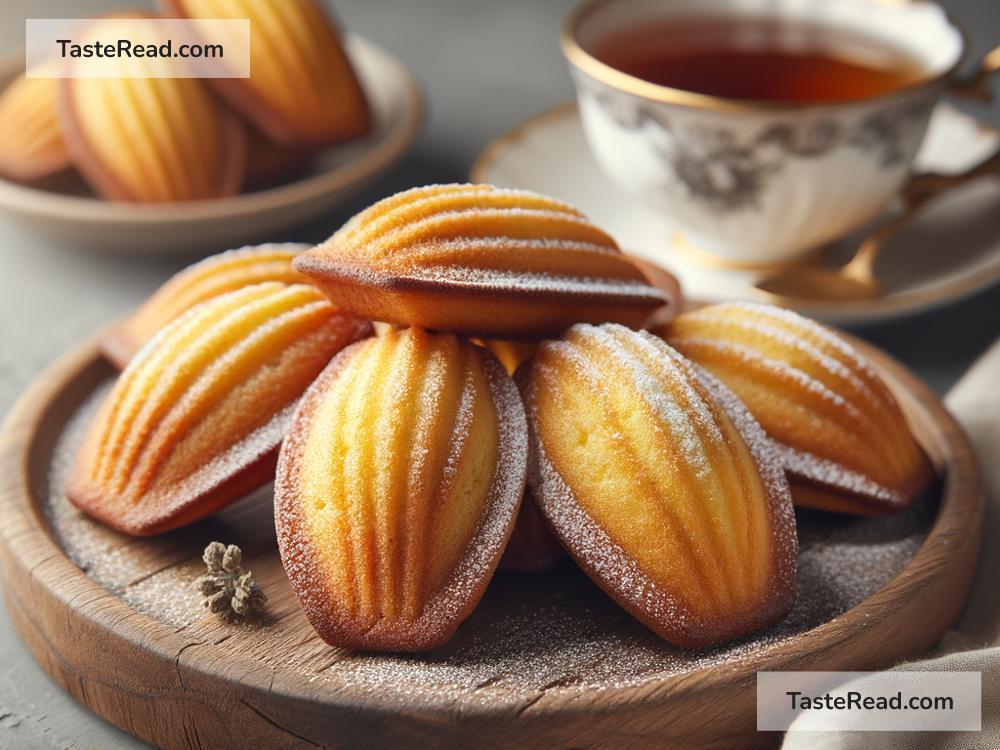Indulging in the Sweet Intensity of Classic French Madeleines
There are few things as delightful as biting into a warm, buttery madeleine. These iconic shell-shaped treats from France are loved worldwide for their subtle sweetness and tender crumb. Madeleines may look small and simple, but their charm lies in their classic flavor and melt-in-your-mouth texture. Whether you enjoy them with a cup of tea, coffee, or just on their own, French madeleines have a way of turning any ordinary snack into a moment of pure indulgence.
Let’s dive into the magic of these little cakes, exploring their history, distinct features, and why they deserve a spot in your kitchen.
A Brief History: From Royal Courts to Home Baking
Madeleines have a long history, tracing their origins back to the Lorraine region of France in the 18th century. Legend has it that the recipe was first created by a young servant named Madeleine Paumier for Stanislas Leszczyński, the Duke of Lorraine and former King of Poland. The Duke was so impressed by the treat that he named it after her. Soon, these delicate cakes became a favorite at royal courts and eventually spread across France.
Today, madeleines carry a sense of sophistication, but they’re also heartwarming and simple enough to bake in your own kitchen. Their rich history makes them feel timeless, and eating one often feels like connecting with a special tradition passed down through generations.
What Makes Madeleines Unique?
At first glance, madeleines may resemble cookies due to their small size, but they’re actually tiny cakes. What sets them apart is their distinct shell-like shape, achieved by baking the batter in a special madeleine pan with scalloped molds.
The texture is another standout feature. Madeleines are soft and moist on the inside, with a gentle golden crust on the outside. One of their unique characteristics is the “hump” that forms on their back while baking, a hallmark of a well-made madeleine. This hump occurs when the batter is chilled before baking and transforms into that signature bump as the cakes puff up in the oven.
Flavors are often simple yet elegant, with hints of vanilla and lemon zest being the most traditional. Some bakers add a touch of honey or almond extract for an extra layer of richness. These flavors are not overpowering but rather balanced, allowing the buttery base to take center stage.
Baking Madeleines: A Labor of Love
While madeleines are small and seemingly simple, baking them requires a bit of care and patience. The ingredients list may be short—eggs, sugar, butter, flour, baking powder, and flavorings—but technique plays a key role in achieving the perfect texture.
One crucial step in making madeleines is chilling the batter. Unlike other cakes that are baked immediately after mixing, madeleine batter needs to rest in the fridge for at least an hour (or even overnight). This step not only enhances the flavor but also helps create the signature hump during baking.
The choice of pan is equally important. Madeleines must be baked in their iconic scalloped molds to get their distinctive shape. Greasing the molds ensures they don’t stick to the pan, and dusting them lightly with flour before pouring in the batter adds a delicate crust to the finished cakes.
Once baked, madeleines are best enjoyed warm, fresh out of the oven. Their aroma alone can tempt anyone nearby. Eating a madeleine feels like biting into a cloud—it’s light, tender, and perfectly sweet.
Pairing Madeleines with Simple Pleasures
Madeleines are versatile and pair beautifully with a variety of beverages. A hot cup of tea is a classic companion, particularly Earl Grey or chamomile, which complement the delicate flavors of the cake. Coffee lovers might enjoy dunking their madeleine straight into a creamy cappuccino, while milk adds a nostalgic twist to the experience.
Madeleines also work well as a dessert option. Serve them with berries and whipped cream, or drizzle them lightly with dark chocolate or caramel. However, the beauty of madeleines is that they never need any fancy accompaniments—they shine just as they are!
Why Madeleines Are Worth the Effort
Baking madeleines can be a labor of love, but the reward is worth every step. Their elegant shape and delicate flavors make them the perfect treat for any occasion. Whether you’re serving them for guests, savoring them during a quiet moment alone, or gifting them as a homemade surprise, madeleines transform snacks into something special.
Even if you’ve never baked before, don’t let the details intimidate you. Practice makes perfect, and with time, you’ll learn to master their soft texture and golden hump. The process itself can be calming and gratifying, making the finished product feel like a well-earned treat.
Final Thoughts
French madeleines are a testament to the beauty of simple, thoughtful baking. They’re proof that small things can carry big flavors and lasting memories. So the next time you crave something sweet, why not try making a batch of classic madeleines? You’ll experience the joy of crafting something timeless, and you’ll get to indulge in their irresistibly sweet intensity.


